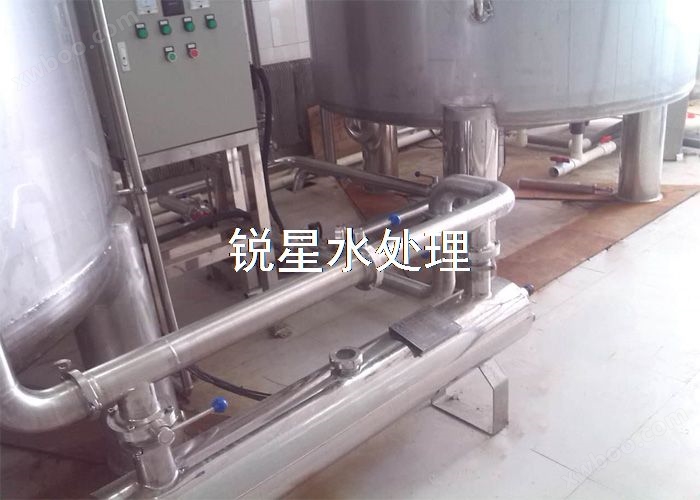
application area
Disinfection of clean water, tap water, direct drinking water, purified water, secondary water supply systems for residential buildings, communities, office buildings, hotels, restaurants, etc.
Water for seawater and freshwater seedling cultivation, aquaculture (fish, eels, shrimp, abalone, shellfish, etc.).
Purification and disinfection of aquatic processing, shellfish purification and disinfection, fish processing and disinfection, as well as processing water, etc.
Disinfection of water in food processing industry, used for juice, milk, beverages, beer, edible oil, and various canned and cold drink products.
Disinfect water.
Purified water used in the production of biology, chemical pharmaceuticals, and cosmetics.
Ultra pure water for the electronics industry.
Disinfection of sewage, reuse of municipal sewage, reclaimed water, hospital water, and oilfield reinjection water.
Circulating water disinfection: swimming pool water, landscape water, industrial circulating cooling water.
Disinfection of agricultural irrigation water and removal of algae from large water bodies.
Disinfect military bases, field operations, aircraft, ships, and submarines with water.
Central air conditioning system air disinfection, indoor air disinfection, etc.
Instructions for use
Nowadays, many companies use ultraviolet sterilizers for sterilization and disinfection. However, there are many issues that need to be noted during the use of ultraviolet sterilizers. Do you all understand? Only by understanding the precautions during the use of ultraviolet disinfectors can they exert greater effectiveness and provide us with better services!
1. It is strictly prohibited to frequently start the ultraviolet sterilizer, especially in a short period of time, to ensure the lifespan of the ultraviolet lamp tube.
2. Regular cleaning of UV sterilizer: Depending on the water quality, the UV lamp tube and quartz glass sleeve need to be cleaned regularly. Use alcohol cotton balls or gauze to wipe the lamp tube, remove dirt from the quartz glass sleeve, and wipe it clean to avoid affecting the UV transmittance and sterilization effect.
3. When replacing the lamp tube, first unplug the lamp tube power socket, remove the lamp tube, carefully insert the cleaned new lamp tube into the sterilizer, install the sealing ring, check for water leakage, and then plug in the power supply. Be careful not to touch the quartz glass of the new lamp tube with your fingers, otherwise it may affect the sterilization effect due to stains.
4. Preventing UV radiation: UV radiation has a strong killing effect on bacteria and can also cause certain harm to the human body. When starting the disinfection lamp, direct exposure to the human body should be avoided. If necessary, protective glasses can be used. Do not directly face the light source with your eyes to avoid burning the eye mask.
It should also be noted that UV water treatment sterilizers have strong killing power against bacteria and can also cause certain harm to the human body. The most vulnerable part of the human body is the cornea, so it is not advisable to look directly at the light tube lit by the UV sterilizer at any time to avoid injury. In case it is necessary to look at the light of the UV sterilizer, ordinary glass (wearing glasses) or transparent plastic sheets should be used as protective masks. Do not misuse quartz glass, as ordinary glass is almost completely impervious to ultraviolet radiation. Once injured, there is no need to panic. Facial burns will cause the epidermis to peel off after a few days and heal without treatment. Eye injuries can cause redness, swelling, tearing, and stinging, and take about three to four days to heal. Regardless, it is still recommended to seek medical attention immediately when encountering UV damage.

